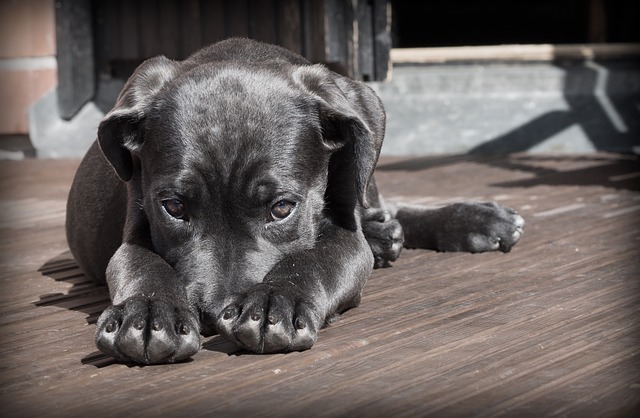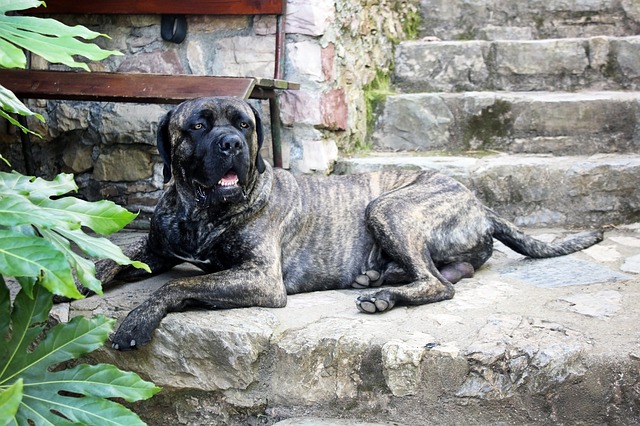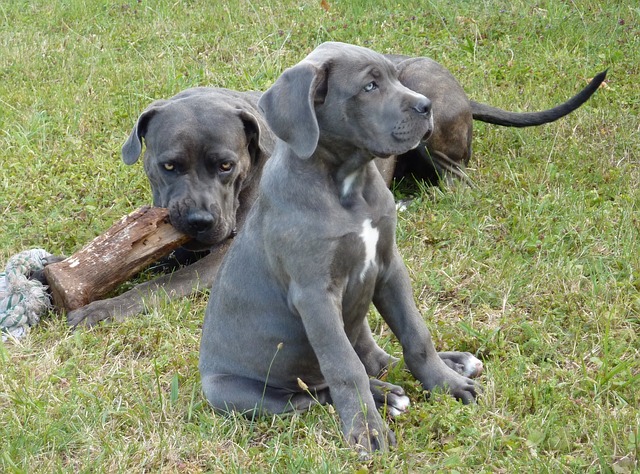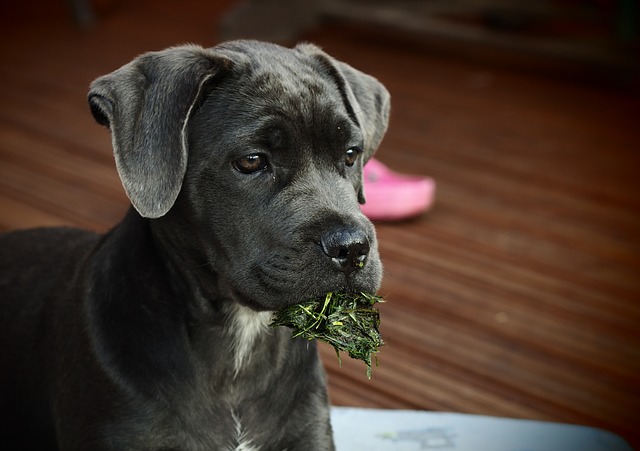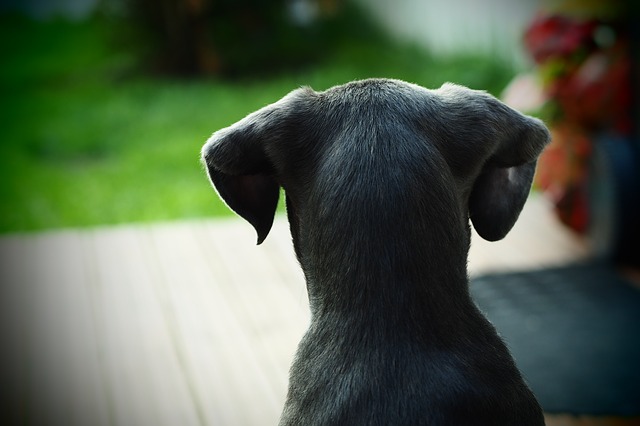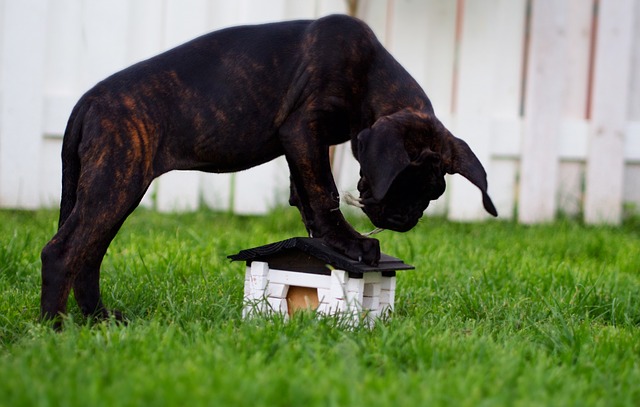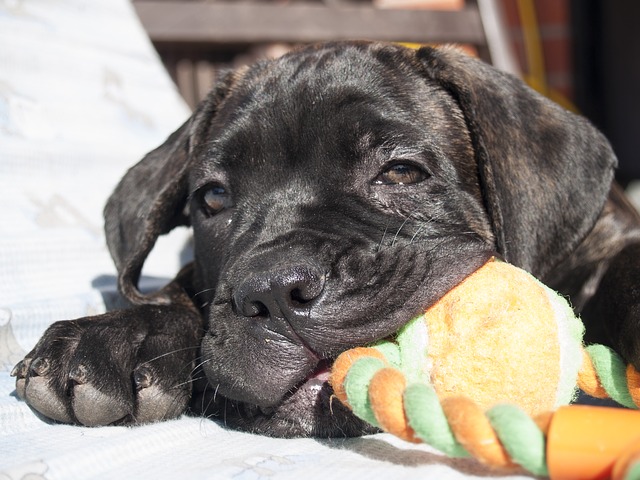The Cane Corso, also referred to as the Italian Mastiff, is a large canine breed with a long history as a protector or guard dog, hunter and companion. The breed Cane Corso is pronounced as kah-neh kor-so. The term ‘cane’ is Italian for dog and ‘corso’ is Latin for protector. Alternate names include Italian Corso Dog and Cane Corso Italiano. The breed is classified as a working dog and guardian dog.
Origin and History
The Cane Corso descended from a breed called Canis pugnax. These dogs were used in warfare by Romans. Historically, the Cane Corso has been used in boar hunting, bear fighting and also to guard cattle & swine. In addition to assisting in hunting and being used as a catch dog, the Cane Corso has been a night watchman and keeper. Drovers and carters have widely used the dogs in various capacities.
Till the middle of the twentieth century, the Cane Corso was mostly confined to Southern Italy, places such as Campania, Basilicata and Apulia. The breed became endangered and risked extinction in the seventies. This was primarily because the rural Southern Italy underwent transformational changes and farms did not require the services of the breed.
Concerted attempts were made to revive the breed and in 1994 the Italian Kennel Club accepted it as the fourteenth Italian breed. The FCI issued provisional acceptance in 1997, opening the doors for international recognition and by 2007, it had fully recognized the breed. The American Kennel Club recognized the breed in 2010 and by 2016 it was the fortieth most popular breed of dogs in the United States.
Appearance
The Cane Corso shares some of the physical traits of the Neapolitan Mastiff. It looks like a big Italian Molosser. The Cane Corso has strong and well defined muscles. It is not as bulky as some other Mastiffs. Many experts consider the Cane Corso to be the last coursing Mastiff.
According to the official standard of the Fédération Cynologique Internationale or FCI, these dogs should ideally be 23 inches to 28 inches ( 58 cm to 70 cm) tall, from the ground up to the withers. The females should be23 inches to 26 inches ( 58 cm to 66 cm) tall and the males should be24 inches to 28 inches ( 62 cm to 70 cm) tall. Cane Corso males should ideally weigh between 99 lb and 110 lb (or 45 kg and 50 kg). Females should weigh 88 lb to 99 lb (or 40 kg to 45 kg). However, the weight must be proportionate to its size.
The Cane Corso is expected to have a strong or bearing stature where it displays power or strength as well as athleticism. It is tight skinned and usually with a dewlap on its neck. The jaw line is well defined by its hanging lip. These dogs have an imposing, large head with a flat forehead and converging towards the muzzle. The muzzle is almost always flat and rectangular if you see from above. It is as long as it is wide and is almost a third of the length of its skull.
The Cano Corso has almond shaped eyes. They are just above the muzzle line and they are set straight when you see them from front. The color of its eyes emulates the hues of its brindle on the coat but dog lovers usually prefer darker eyes. The Cane Corso used to have cropped ears, almost the shape of equilateral triangles and they were almost always erect. Cropping is illegal in many countries so the longer ears are smooth and hang finely on either side.
The Cane Corso has a long tail. It usually has either black or fawn coat with variations in its brindle. You will find black and blue brindles. Most of these dogs will have some white markings on their chest, at the tips of their toes, around the bridge of their nose or at the chin.
The Cane Corso Temperament
The Cane Corso has a calm and reserved temperament. Their even tempered nature makes them highly trainable. They are usually quiet and stable. Cane Corso puppies are friendlier and they would be more comfortable around strangers. Older Cane Corsos will be a little off with strangers around and they may grow distant or aloof. Socialization is the key with all mastiffs and the Cane Corso is no different.
Grooming
The Cane Corso is not bulky but strong and large. It requires regular exercise. The dog doesn’t shed much so grooming is relatively easy. Occasional brushing would suffice. You should clean its ears, clip its nails, attend to its coat and check its anal glands once every four to eight weeks. The breed needs two baths. The first is a general bath with hypoallergenic shampoo or a prescribed one based on what it needs. The second bath should use a conditioning shampoo to shine its coat. You may also use a moisturizing solution as prescribed by the vet.
Working Roles
The Cane Corso has been a hunting dog, guard dog and protector of cattle & property. It is now mostly a domesticated guard dog but widely used as a show dog owing to its trainable nature. Do not encourage or allow your pet Cane Corso to chase cats or other dogs. They have a natural penchant for hunting and preying activities. If they are bored and when they are left unattended, they could run after every moving piece of prey or start chewing on anything that grabs their attention.
Health
The average life span of the Cane Corso is nine years. Cane Corsos with black brindles live longer, around ten years. Those with grey brindles tend to live up to ten years. Those with fawn coats live for just around ten years whereas those with black and grey coats live for just short of nine years. Cane Corsos with other coats live for around eight years.
Cane Corsos are vulnerable to genetic ailments, which is common for purebred dogs. You must ensure the parents were healthy. The common health problems of this breed are:
- ectropion or entropion
- hip dysplasia
- demodectic mange
- gastric torsion

